PPT-Glucose analysis Practical
Author : davies | Published Date : 2024-03-13
Clinical chemistry3st Msc Duaa falah pharmacology and toxicology 2021 1 Glucose Metabolism Glucose is a primary source of energy for humans The nervous system
Presentation Embed Code
Download Presentation
Download Presentation The PPT/PDF document "Glucose analysis Practical" is the property of its rightful owner. Permission is granted to download and print the materials on this website for personal, non-commercial use only, and to display it on your personal computer provided you do not modify the materials and that you retain all copyright notices contained in the materials. By downloading content from our website, you accept the terms of this agreement.
Glucose analysis Practical: Transcript
Download Rules Of Document
"Glucose analysis Practical"The content belongs to its owner. You may download and print it for personal use, without modification, and keep all copyright notices. By downloading, you agree to these terms.
Related Documents

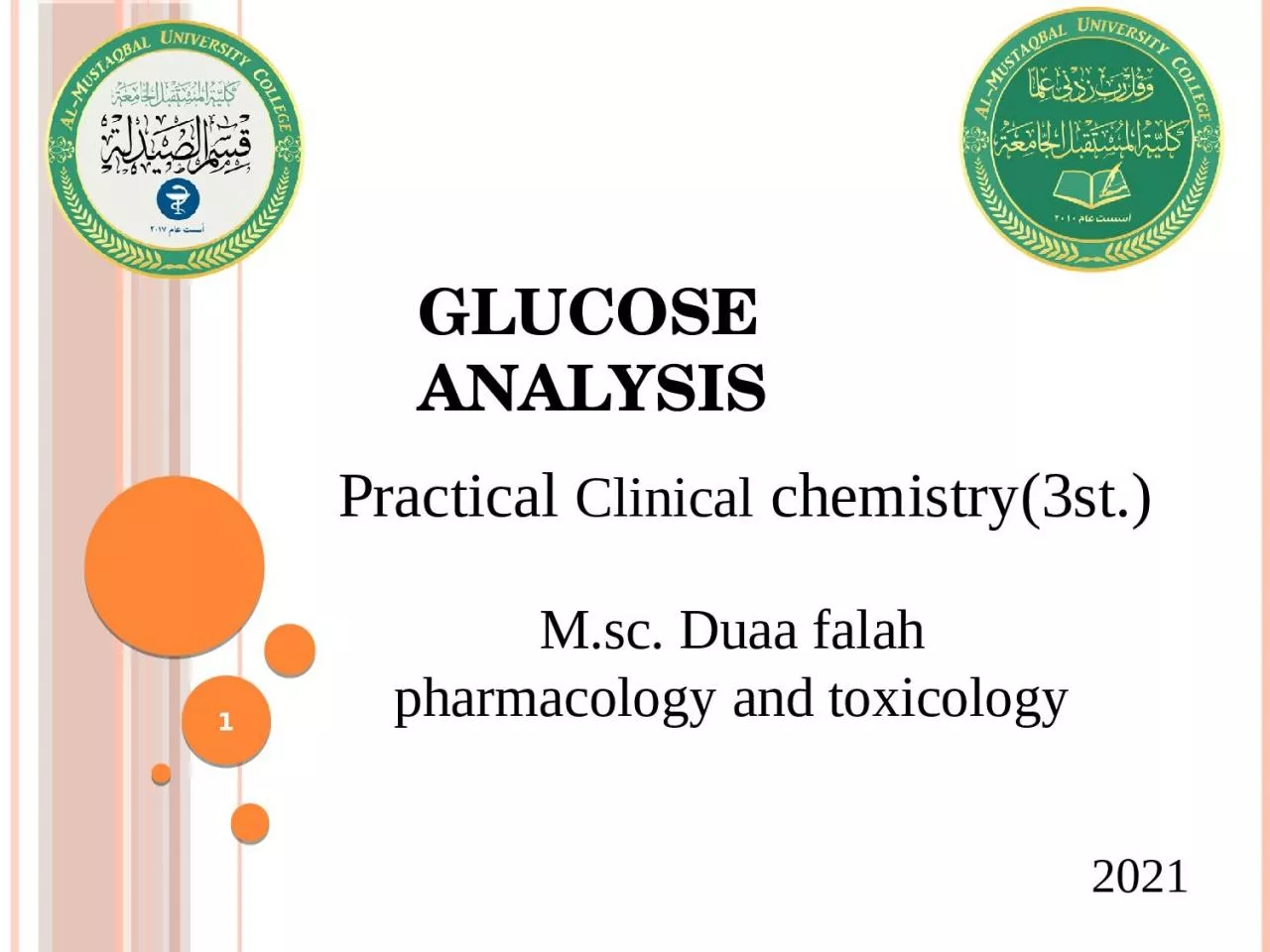
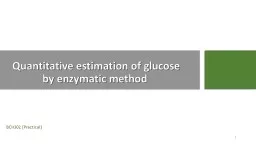
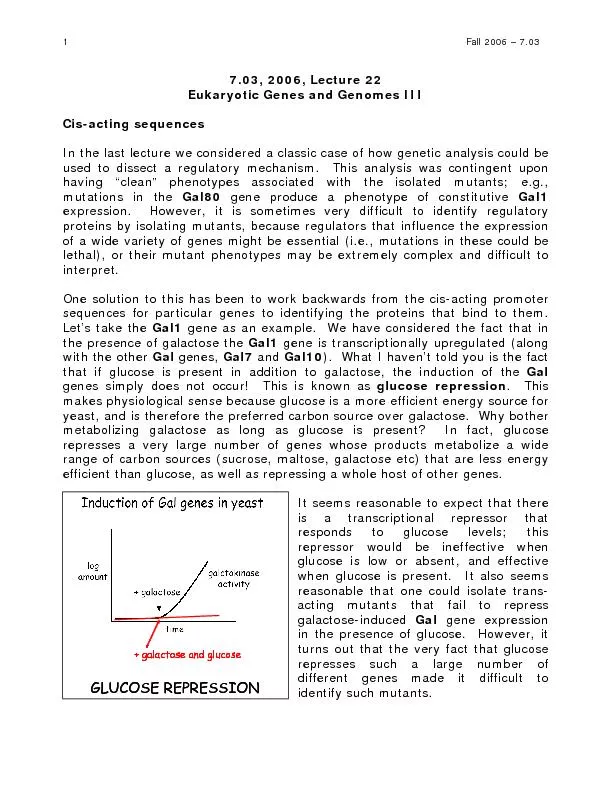

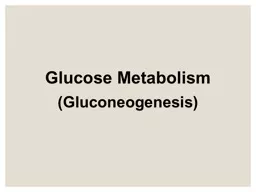
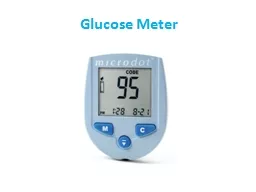
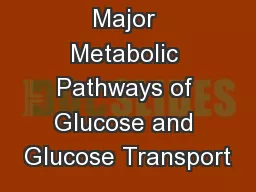
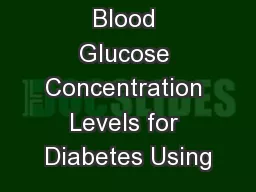
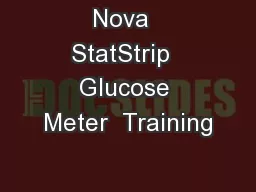
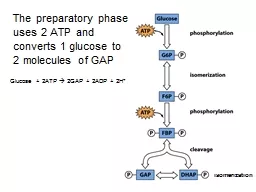
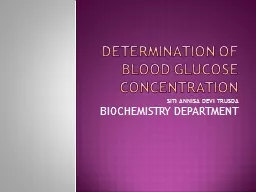
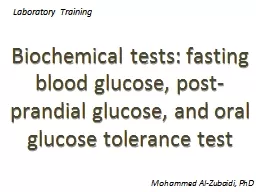
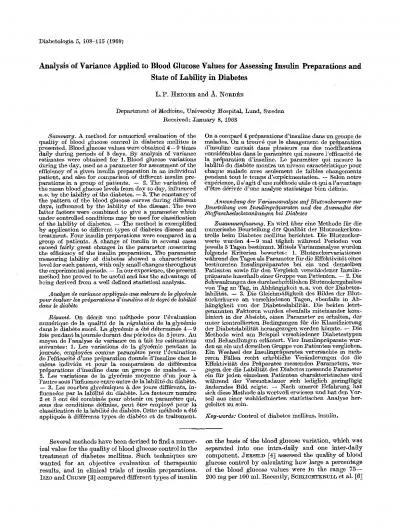
![CARBOHYDRATES 2_[B(1_4) lactose] Glucose +Glucose] 3_[@(1_2)Sucrose ] [Glucose Fructose]](https://thumbs.docslides.com/1044895/carbohydrates-2-b-1-4-lactose-glucose-glucose-3-1-2-sucrose-glucose-fructose-disacch.jpg)